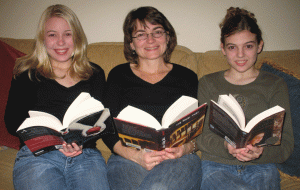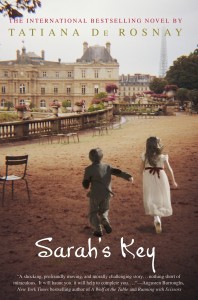 Jack Perdu is a loner, a ninth-grader who is an expert on Greek classics and lives on the Yale University campus with his archeology-professor father. One winter afternoon, while he has his nose in a book, he is nearly killed when a car hits him in a crosswalk. Mysterious things start to happen to Jack after that. He finds a strange man in his father’s study—a man who disappears without a trace from an upstairs window when he spots Jack. Then his father sends him to see a doctor in New York City, a place he hasn’t visited since his mother died there eight years before. But while he’s waiting for his train to return, he meets a girl named Euri who takes him on an adventure into the mysterious realm of New York’s ghostly underworld.
Jack Perdu is a loner, a ninth-grader who is an expert on Greek classics and lives on the Yale University campus with his archeology-professor father. One winter afternoon, while he has his nose in a book, he is nearly killed when a car hits him in a crosswalk. Mysterious things start to happen to Jack after that. He finds a strange man in his father’s study—a man who disappears without a trace from an upstairs window when he spots Jack. Then his father sends him to see a doctor in New York City, a place he hasn’t visited since his mother died there eight years before. But while he’s waiting for his train to return, he meets a girl named Euri who takes him on an adventure into the mysterious realm of New York’s ghostly underworld.
As Jack dodges Cerberus, the three-headed dog who’s mission is to eliminate the living from the among the dead, her tries to locate his mom before he has to return to the world of the living or remain permanently in the world of the dead. An interesting twist on the story of Orpheus in Greek mythology, The Night Tourist by Katherine Marsh will have you looking over your shoulder at dusk and paying attention when you feel you’re being watched but no one’s there. It’s morbid subject matter never becomes too dark or overwhelming, and it asks questions that are great for group discussion: What happens when you die? Why is it important to treat life as a gift? Why do your family and friends need to know how much you care for them? The ending feels a bit rushed, but the fast wrap-up can provide good possibilities for conversation of what happens to Jack after his adventure.







